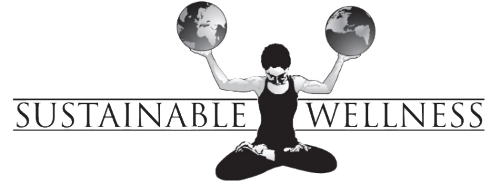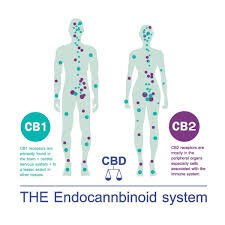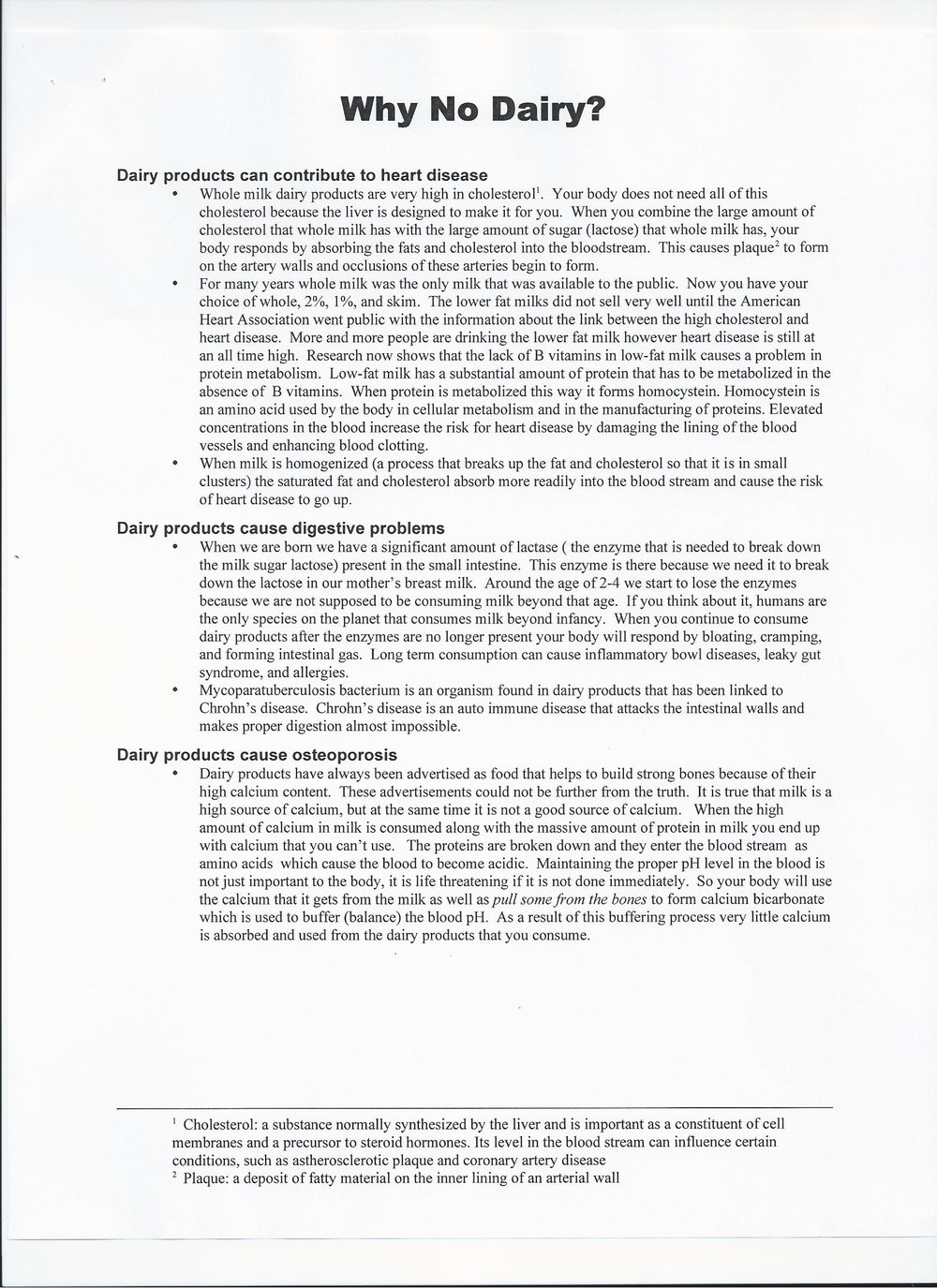What is CBD?
CBD, cannabidiol, is a compound that is found in hemp and marijuana that accounts for many of the plant’s natural health benefits. CBD oil is primarily extracted from hemp but can come from marijuana as well. CBD is not addictive, psychoactive, habit forming and is legal in GA when derived from hemp. CBD directly interacts with our endocannabinoid system.
What is Our Endocannabinoid System?
The Endocannabinoid System is a complex signaling network within the bodies of all mammals that utilizes different receptors, regulator enzymes, and specialized components such as cannabinoids to control, influence, and regulate various bodily processes. The Body produces its own cannabinoids called endogenous cannabinoids or endocannabinoids. The cannabinoid receptor sites are located on the cell surfaces throughout the human body. CB1 receptors are concentrated in the central nervous system and the brain. CB2 receptors are concentrated in the peripheral organs and the immune system.
What Does CBD Do?
CBD has been proven to reduce inflammation, prevent free radical damage, calm anxiety, optimize brain health
How Much Do We Use?
As beginners, it is recommended to start at the lowest dosage. More is not necessarily better. Dosing amounts will vary person to person. Consider starting small working your way up.
CBD Research:
Scientific research has shown CBD may be therapeutic for many conditions like: Acne, Alzheimer’s Disease, Antibiotic Resistance, Anxiety, Arthritis, Autism, Cancer Pain, Colitis and Crohn's, Depression, Epilepsy and Seizures, Fibromyalgia, High Blood Pressure, Inflammation, Irritable Bowel Syndrome, Migraine, Mood Disorders, Multiple Sclerosis, Nausea, Neuropathic pain Osteoporosis/Bone Health, PTSD, Rheumatism, Skin Conditions, Sleep Disorders, Spinal Cord Injury, Stress.
*By Deana Panza
Halcyon Vapes DO NOT Contain Any of the Ingredients Linked to Recent Illnesses
September 12, 2019/ by Daniel
In Mid 2019, a rash of illnesses and 6 deaths have been linked to vaping e cigarette products. This has the FDA, the tobacco industry, the cannabis industry, and the general public scrambling for answers.
While no one knows the long term effects of vaping, we can assure you that Halcyon Essentials DOES NOT and HAS NOT used any of the chemicals that are the suspected causes of the recent illnesses. Halcyon Essentials uses only MCT, natural hemp extracts, and low percentages of natural terpenes in our CBD vape liquid.
The following is a list of the chemicals that may be responsible for recent string of illnesses:
Nicotine: Nicotine is the active and addictive ingredient in tobacco. Many of the illnesses, especially in young people, is caused by nicotine toxicity. Symptoms of nicotine poisoning are headaches, nausea, fatigue, seizures, coma, and death. The strength of the nicotine concentrations in some e liquids is far stronger than any tobacco. For instance, a .5ml Juul pod can have the same mg of nicotine as 2 packs of cigarettes. A heavy Juul user can consume 2 pods a day. Do the math. Also, many of the victims are teenage boys. It’s not uncommon for testosterone driven teenagers to lack impulse control and overdo things. Think keg stands and beer funneling. Halcyon Essentials does not sell any products that contain nicotine.
Propylene Glycol, polyethylene glycol, and vegetable glycerin: These chemicals are often used as the bases for e liquids. These chemicals are all FDA-approved as food additives, but no long term studies have been conducted to see the safety of vaping them. Just because something is safe to eat or put on for skin, that doesn’t expand to vaping. When compounds are heated to their vapor points, they can change. For instance, early research suggests that vaping PG and PEG can create aldehydes. Aldehydes are nearly always carcinogenic and mutagenic. Halcyon Essentials does not use PG, PEG, or VG in our CBD vapes.
Thickeners: This, by far, is the most nefarious link to the bape illnesses. This mostly applies to the instances involving THC vapes. High THC distillates are very thick – nearly solid at room temperature. Oftentimes, people would look at the viscosity of a vape to know how strong it was. Criminal vape makers figured out a way to increase profit. They diluted THC distillate with a thick oil. Now, they can trick people into thinking these are pure products, but really they are selling them vapes filled with Vitamin E oil or some other thick oil. Vitamin E is great for your skin and healthy to eat in small amounts. However, boiling it and inhaling the vapor is the equivalent filling your lungs with grease. This causes lipid pneumonia and can kill a healthy young person. Halcyon Essentials does not use any fillers or thickening agents in our CBD vapes.
In conclusion, Halcyon Essentials cannot guarantee that there are no long term effects to vaping – No one can. We can guarantee that we DO NOT use any of the chemicals listed above in our CBD e liquids. We are monitoring this story very closely and will use science and medicine, not profits, to guide our vape formulations.
Our CBD vapes are intended to provide adults an alternative to burning and smoking hemp buds.




















